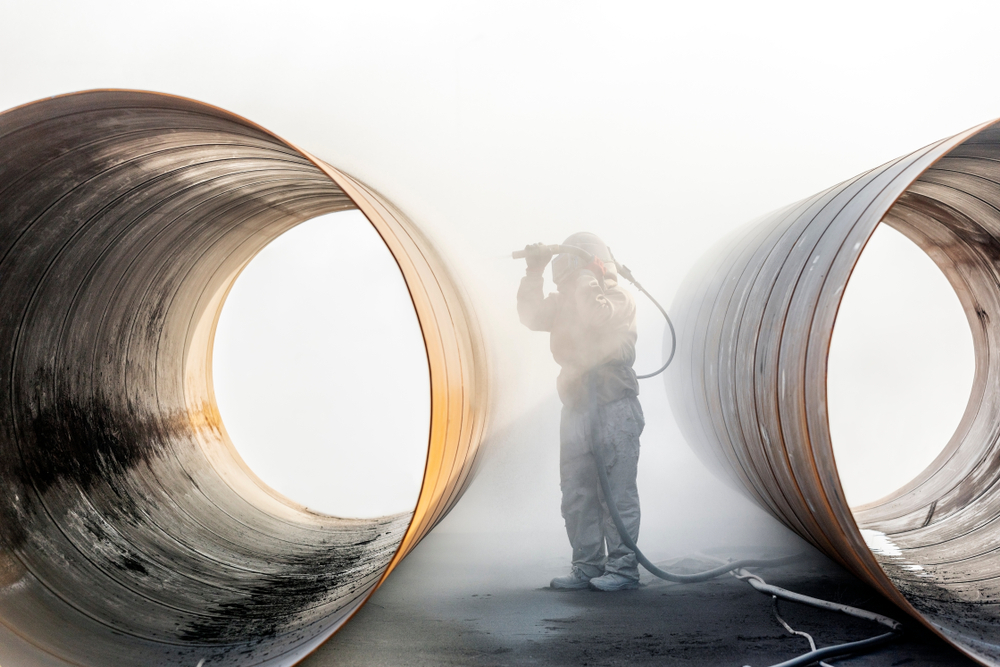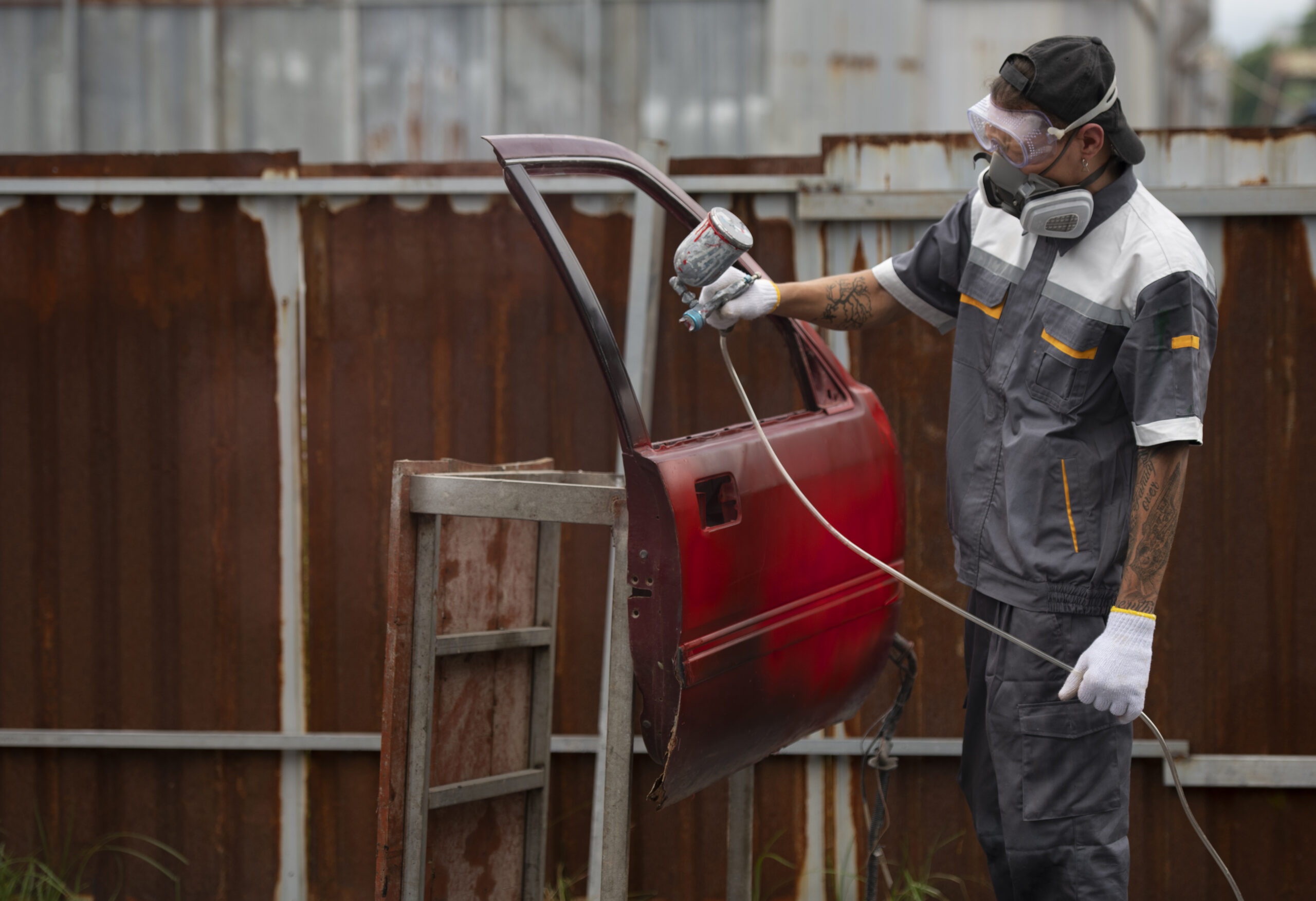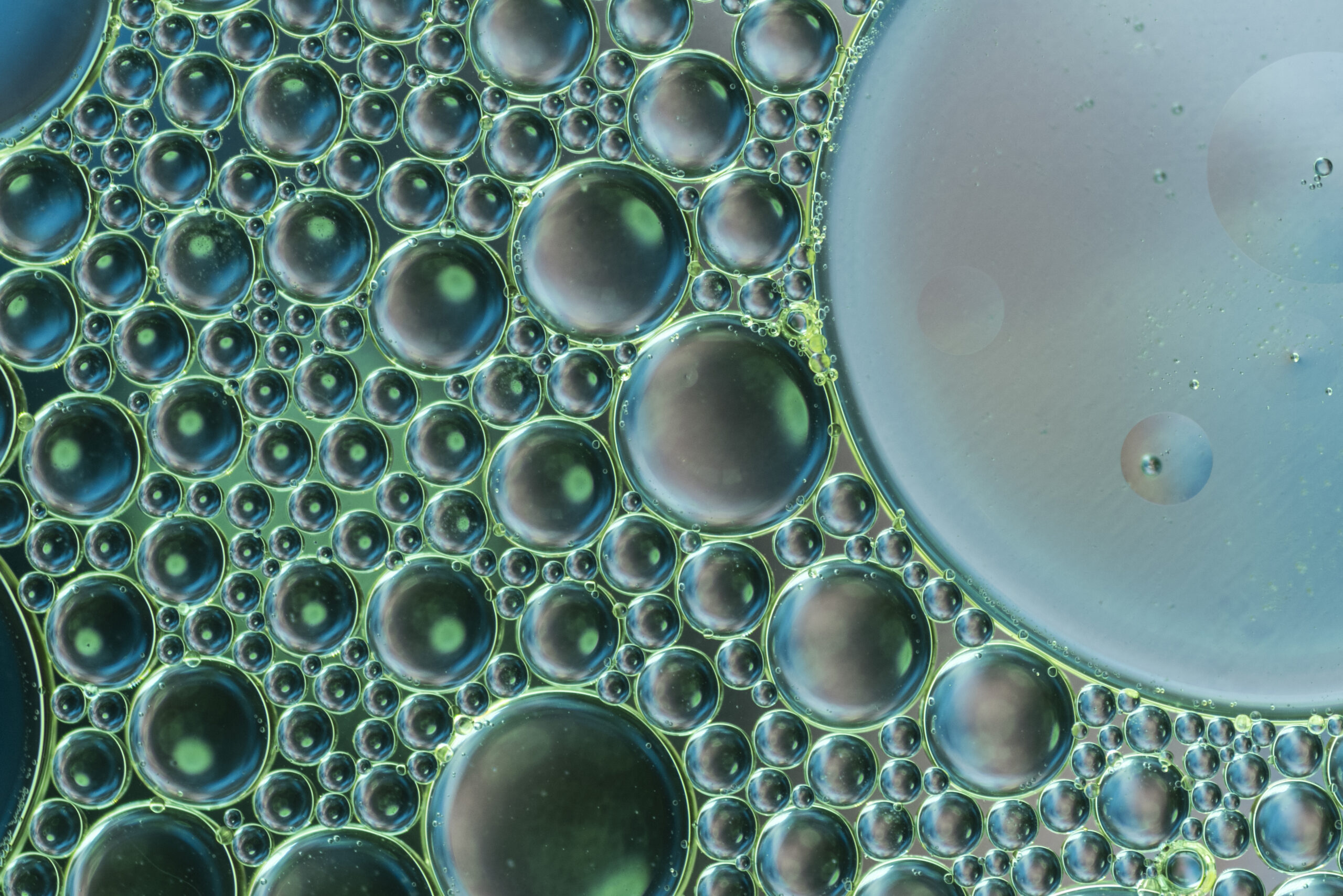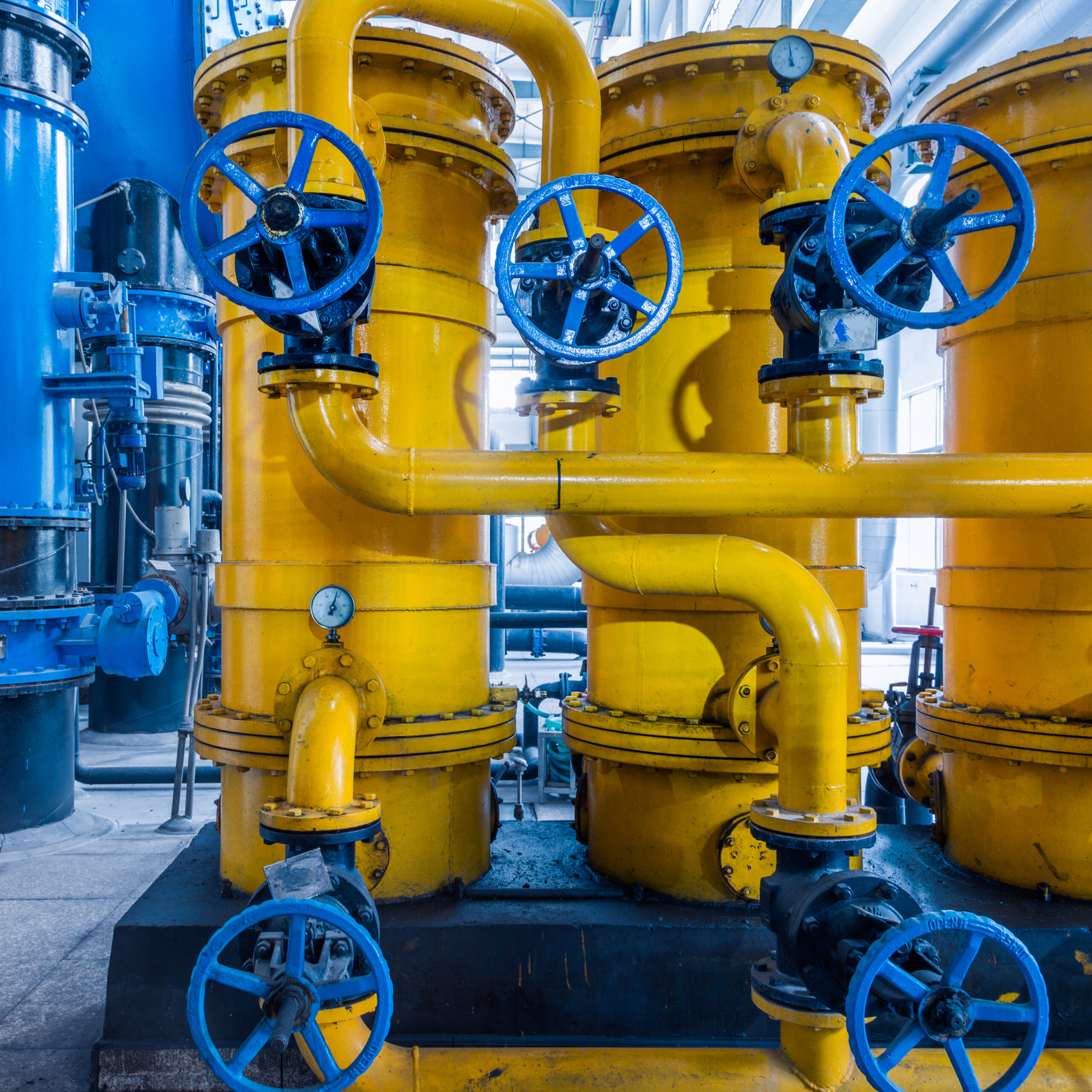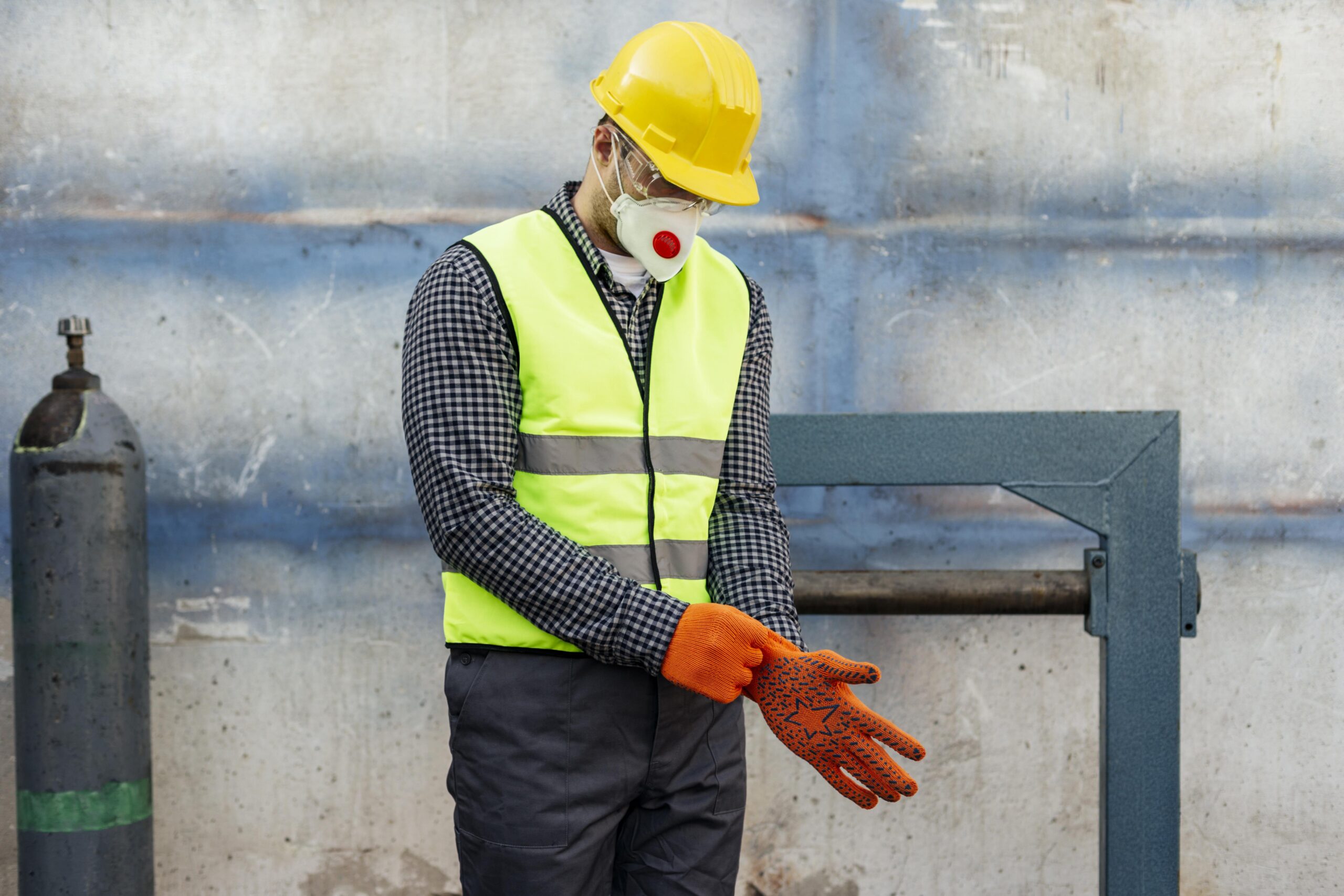Want to know differences between pipe lining and pipe coating? Here is a complete blog that contains everything you need to know!
In the plumbing industry, there are two common ways to protect pipes. One is pipelining, and the other is pipe coating. Pipelining and coating are similar in creating a barrier between a pipe and the elements.
The main difference between the two is that pipe coating goes on top of existing pipes, whereas pipe lining requires digging them up first before applying a protective barrier around pipeline.
This article will explore how these two plumbing systems work and why they might be helpful to your home or business.
What Is Pipelining?
Pipelining is a process that reinforces the existing pipe wall by applying an epoxy lining over the damaged area. The epoxy resin adheres to the existing pipe walls and forms a thick protective barrier that prevents corrosion from occurring within the potential failure zone.
This process can be used for new pipeline installations and existing pipelines needing repair. Still, it does require significant time and money to complete correctly under even favorable conditions—which is why it costs more than pipe coating!
Advantages Of Pipe Lining
The lining is a better choice for corrosive environments. It offers a high degree of protection from chemical attack and can be applied to any pipe material or size. Because it’s installed from the inside out, linings can also be used to repair or replace existing pipelines with minimal disruption to your business operations.
Lining may also help reduce future maintenance costs by minimizing the amount of maintenance required over time—and because this technique requires less excavation than a coating, it’s often simpler in terms of planning and execution too!
What Is Pipe Coating?
Pipe coating is a process of applying a protective layer to the inside of a pipe. The process involves spraying or dipping the pipe in a liquid coating material. Pipe coating is used to protect piping from corrosion, abrasion and erosion such as ID pipe coating do.
Pipe lining involves applying an insulating layer on the inner surface of pipes. The insulation helps reduce heat loss or gain through these pipes, making them more efficient at transferring fluids.
The coating can be applied to the pipe in one of two ways:
External Coating Method – The first method is through an external coating method. In this case, the pipe itself is removed from its current location and transported elsewhere to apply its protective layer.
Internal Coating Method – This second method involves coating pipes inside their environment by injecting epoxy into existing pipelines via special equipment
Advantages Of Pipe Coating
The coating is an excellent option if you don’t have problems transporting corrosive materials through your pipes—but if you deal with these types of hazards (like oil refining), then lining could be an ideal solution.
Also, remember that while coating doesn’t require pre-cleaning before installation begins as some other methods might, it may require more frequent cleaning afterward due to build-up happening over time.”
Common Differences Between Pipe Coating And Pipe Lining
Pipe lining and pipe coating are similar methods used to repair or replace pipelines. Both processes have been developed over decades of research to increase their durability, longevity and functionality.
However, there are some differences between the two processes that you should know before deciding which one is right for your project.
1. Extents
Pipelining is used on pipes that are in good condition. The lining is applied over the existing pipe and stops corrosion from occurring. However, if there’s damage to the pipes, you’ll need to replace them entirely.
Pipe coating can be applied on any type—new or old, damaged or not. If a section of your existing pipe has been damaged by corrosion, you’ll want to replace it with new piping before applying a coating. The coating will protect this new section from further corrosion and extend its lifespan significantly!
2. Purpose Of Use
Pipelining is used to repair pipes that are in poor condition. It’s a temporary fix, as the pipe lining needs to be replaced every 10-15 years.
Pipe coating, on the other hand, is meant for pipes in good condition. Like pipe lining, pipe coating can also be used as a temporary solution, giving you a longer lifespan (approximately 20 years). It doesn’t require additional maintenance costs beyond regular cleaning of your system.
3. Flexibility
Pipelining is a more flexible form of pipe protection than pipe coating. This means it can be wrapped around bends and curves without losing effectiveness, unlike pipe coating.
It also means that you won’t have to worry about the lining falling off if your pipes are exposed to extreme temperatures or pressure changes.
4. Tools Required
Pipelining does not require excavation or dismantling of pipelines during installation. Thus, it is suitable for situations where time and money are constraints, such as when dealing with contaminated soil in urban areas where excavating could prove dangerous or very expensive.
Pipeline coatings require industrial grades of materials, special tools, and professional skills; hence, it is pretty expensive compared to pipelining.
Conclusion
Both pipe lining and pipe coating are viable options to rehabilitate your old pipes, but each has pros and cons. The bottom line is: if you’re looking for an inexpensive alternative to complete replacement, then it might be worth considering a lining process. If you need something more flexible (like the ability to enlarge an existing pipe), go with coating instead!
The best approach will always depend on your specific needs and what type of material will work best in your particular situation. You must research what kind of service works best for your situation.
We hope you’ll get you answer after reading the blog, “What are the differences between pipe lining and pipe coating.”

